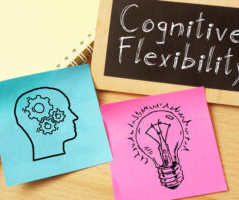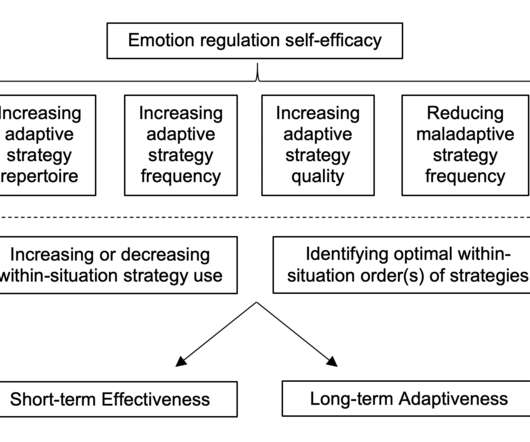NASW Member Voices: ADHD and Mindfulness
Social Work Blog
FEBRUARY 17, 2023
Attention-deficit/hyperactivity disorder ( ADHD) is a neurodevelopmental disorder that develops in childhood and lasts into adulthood. A common quote is that ADHD is “a disorder of not doing what you know.” Distress tolerance and emotion regulation are cornerstones of ADHD issues, which DBT skills target.












Let's personalize your content